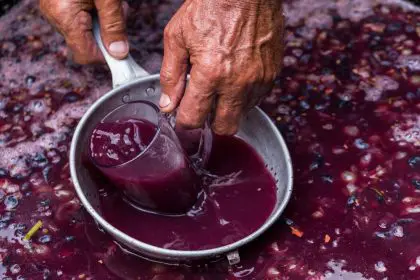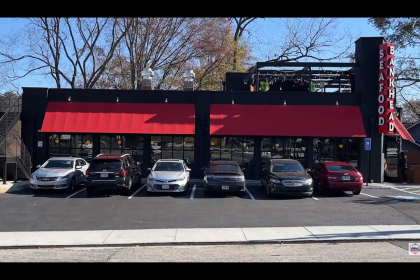The wine industry faces an unprecedented challenge as sales plummeted by approximately 6% in 2023, according to recent data from SipSource. Industry experts are calling this decline an “existential threat” to wine consumption in America, marking a significant shift in the nation’s drinking culture.
Beyond the pandemic boost
While COVID-19 lockdowns temporarily increased wine sales as people stocked their home bars, this surge proved fleeting. The subsequent decline has been steeper than expected, outpacing decreases seen in other alcoholic beverages like beer, cider, and spirits. Manhattan wine shop owner Larry Duke notes that after years of steady growth, wine sales have notably dropped off in recent years.
Generational divide
Wine industry scholar Mike Veseth points to a significant generational shift in drinking preferences. While baby boomers embraced wine culture wholeheartedly, younger generations are charting a different course. A 2023 Gallup poll reveals a broader trend of decreased alcohol consumption among younger Americans, suggesting a fundamental change in attitudes toward drinking.
Health consciousness rising
Modern consumers increasingly view alcohol through a health-conscious lens. Over 40% of Americans now perceive alcohol consumption negatively, according to recent Gallup polling. The U.S. Surgeon General’s warnings about alcohol’s health risks, including its connection to cancer, have further influenced public opinion and purchasing decisions.
The convenience factor
Traditional wine faces stiff competition from more convenient alternatives. Younger consumers gravitate toward premixed and ready-to-drink beverages that don’t require additional tools or glassware. Wine Market Council research director Christian Miller explains that while younger people don’t necessarily dislike wine, they’re exploring a much broader range of beverage options.
New competition emerges
Legal marijuana has emerged as an unexpected competitor in the recreational space. Gary Decker, owner of Vinomania in Syracuse, notes that cannabis has claimed a significant portion of the market by becoming “another part of the party puzzle.” Additionally, the rising popularity of nonalcoholic alternatives has created new challenges for traditional wine sellers.
Economic pressures mount
Financial considerations play a crucial role in declining wine sales. Since the early 2000s, the average cost per liter has jumped from $10 to $14, making wine a more expensive choice for budget-conscious consumers. Industry expert Mike Veseth acknowledges that tight budgets are forcing many consumers to reconsider their wine purchases.
Industry adaptation
The wine industry now faces pressure to evolve and reconnect with modern consumers. Some producers are exploring innovative packaging options and alternative formats to appeal to younger drinkers. Others are focusing on sustainable practices and organic offerings to align with contemporary values.
Cultural significance
Despite current challenges, wine’s deep cultural roots provide hope for its future. California winemaker Martha Stoumen raises a compelling question about retiring an 8,000-year-old human beverage. This historical perspective suggests that while the industry may need to adapt, wine’s cultural significance remains strong.
Looking toward solutions
Industry veterans maintain cautious optimism about wine’s future. Dale Stratton emphasizes that while current challenges are significant, wine’s enduring presence throughout human history suggests its ability to overcome current obstacles. The key lies in understanding and addressing changing consumer preferences.
The path forward
As the industry grapples with these challenges, innovation becomes crucial. Producers are exploring new ways to make wine more accessible and appealing to younger consumers while maintaining its traditional appeal. This might include sustainable practices, innovative packaging, or new consumption formats.
Consumer education
Understanding modern consumers’ needs and preferences becomes increasingly important. The industry must bridge the gap between traditional wine culture and contemporary lifestyle choices, potentially through education about wine’s cultural significance and responsible consumption.
Market adaptation
The wine industry’s future may depend on its ability to adapt while preserving its essential character. This could mean embracing new serving formats, exploring alternative packaging, or developing products that appeal to health-conscious consumers without compromising quality.













